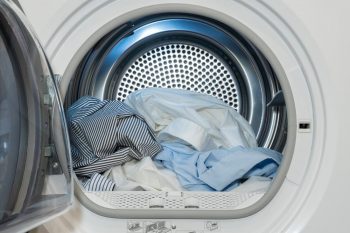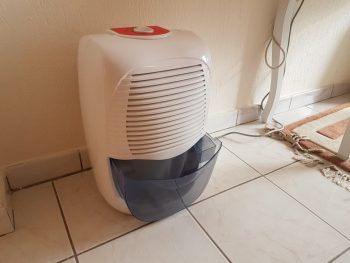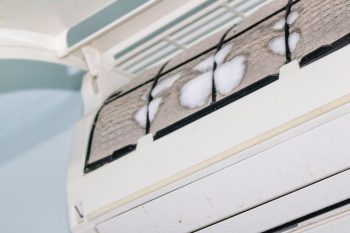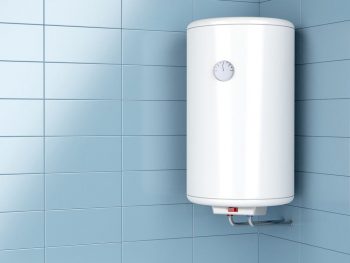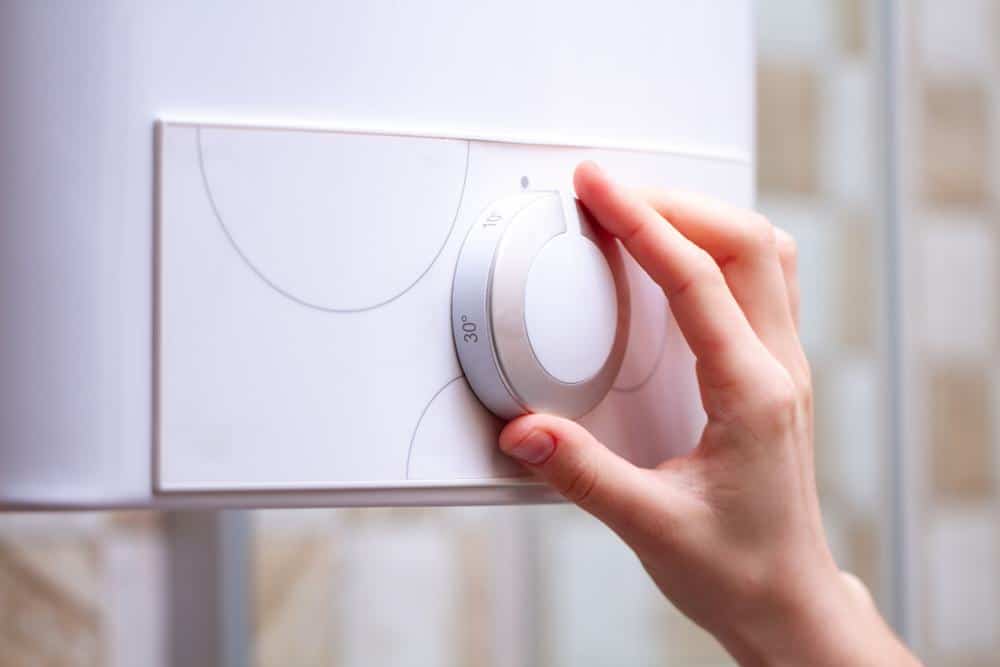
Excessive pressure in a hot water heater can lead to a range of issues, from decreased efficiency and performance to serious safety hazards such as leaks, bursts, or even explosions. Understanding what causes too much pressure in your hot water heater can help you prevent these problems and maintain a safe, efficient hot water supply.
Too much pressure in a hot water heater can be caused by sediment or mineral deposits blocking the heat exchanger, incorrect temperature settings, a malfunctioning pressure relief valve, or the lack of an expansion tank. These factors can lead to increased pressure and temperature levels within the tank, potentially causing leaks, bursts, or even explosions. Regular maintenance and safety measures such as correct temperature settings, clean heat exchanger, functioning pressure relief valve, and an expansion tank can help prevent these issues.
Causes of Excessive Pressure Buildup
Excessive pressure buildup in a hot water heater can be due to a variety of factors:
- Sediment or mineral deposits: The heat exchanger inside the tank can become blocked with sediment or mineral deposits, preventing the heated water from properly releasing steam or air. This can lead to increased pressure and temperature levels within the tank.
- Incorrect temperature settings: If the thermostat dial inside the tank is set too high (above 120°F), it could result in an increase in internal pressure levels within the tank, eventually leading to leaks or other issues.
- Malfunctioning pressure relief valve: A water heater pressure relief valve, also known as a T&P valve, is a safety feature designed to release excess pressure in the water heater tank. If the valve fails to operate correctly, pressure can continue to build, potentially causing damage to the water heater or plumbing system.
- Lack of an expansion tank: A water heater expansion tank is a safety device that alleviates the pressure caused by the normal thermal expansion that happens when water is heated. If a water heater doesn’t have an expansion tank, it can lead to pressure buildup and potentially damage the water heater or the plumbing system.
Signs of High Pressure in a Hot Water Heater
Recognizing the signs of high pressure in your hot water heater can help you address the issue promptly. Here are some common signs:
- Uneven heating: The water temperature may be higher than normal, indicating increased pressure inside the tank.
- Leaking or corrosion around the tank: High pressure can cause leaks and corrosion in the water heater.
- Hissing or bubbling noises: Loud noises coming from the water heater may indicate too much pressure.
- Rust-colored water: This can be a sign of excessive pressure causing damage to the tank or its components.
- Leaks in connected appliances: Washing machines, dryers, and dishwashers may start to leak if exposed to high water pressures for an extended period.
Safety Measures and Maintenance
To prevent too much pressure in a hot water heater, it is essential to maintain the correct temperature settings, regularly clean and inspect the heat exchanger, ensure the proper functioning of the pressure relief valve, and install an expansion tank if necessary. Regular maintenance by a professional is also crucial to extend the life of the hot water heater and avoid pressure-related issues.
Here are some steps homeowners can take:
- Adjust the temperature settings: Ensure that the thermostat dial inside the tank is not set at temperatures above 120°F, as this can help keep internal pressures at safe levels.
- Install and maintain a pressure-relief valve: Test the valve every six months to ensure it’s working properly.
- Install an expansion tank: An expansion tank can help regulate pressure in the hot water heater system by providing additional space for the heated water to expand.
- Flush the tank regularly: Flushing the tank at least once a year can help remove sediment and mineral deposits that may cause excessive pressure buildup.
- Inspect and replace the anode rod: Regularly checking the anode rod and replacing it when necessary can help prevent the tank from rusting and causing pressure issues.
In conclusion, too much pressure in a hot water heater can be dangerous and costly. By understanding the causes and signs of high pressure and taking preventative measures, you can ensure a safe and efficient hot water supply in your home.
Frequently Asked Questions
How often should I replace the anode rod in my hot water heater?
Generally, an anode rod should be checked once every two years and replaced if more than half of the rod has corroded. However, the specific frequency can depend on the quality of your water and the type of anode rod used in your hot water heater.
What is the function of a pressure relief valve in a hot water heater?
A pressure relief valve in a hot water heater is designed to release excess pressure if the pressure in the tank exceeds safe levels. It is a critical safety feature that can prevent the tank from bursting or exploding due to excessive pressure.
How do I adjust the temperature settings on my hot water heater?
Most hot water heaters have a dial or digital control panel that allows you to adjust the temperature. The recommended setting is usually around 120°F. If you’re unsure how to adjust the settings, it’s best to consult the user manual or contact a professional.
Can I install an expansion tank myself?
While it’s technically possible to install an expansion tank yourself if you’re handy, it’s generally recommended to hire a professional to ensure the job is done correctly and safely. Improper installation can lead to pressure issues and potential damage to your hot water heater or plumbing system.
Why is my water heater making a hissing or bubbling noise?
A hissing or bubbling noise from your water heater can be a sign of excessive pressure inside the tank. This can be caused by a variety of issues, such as a blocked heat exchanger, incorrect temperature settings, or a malfunctioning pressure relief valve. If you hear these noises, it’s best to contact a professional to inspect the unit.

